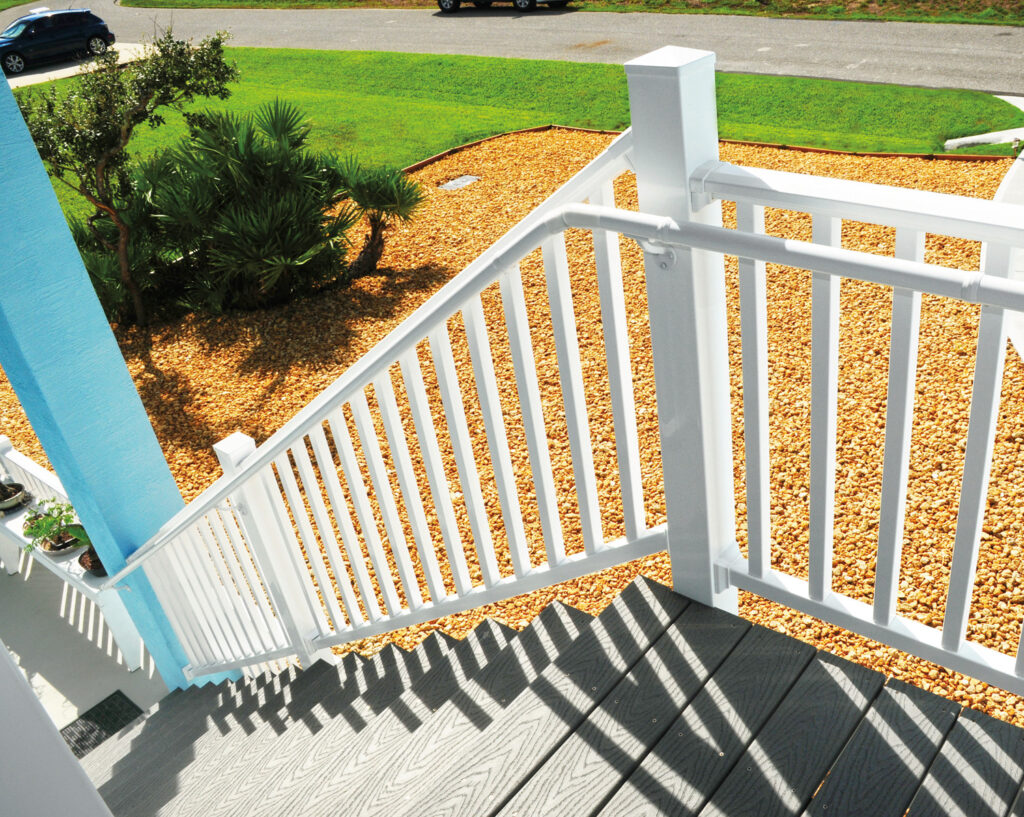Stair railings are essential for both safety and aesthetics. Over time, railings can become loose, worn, or damaged due to regular use and exposure to the elements. Here’s a comprehensive guide to repairing your stair railings and ensuring they remain secure and visually appealing.
1. Assess the Damage
Start by thoroughly inspecting the stair railing for any visible damage. Look for loose posts, wobbly balusters, rust on metal components, or peeling paint. Identifying the problem areas will help you determine whether you need simple repairs or full replacements.
2. Tighten or Replace Hardware
Loose screws, bolts, or other fasteners are common causes of wobbly railings. Tighten any loose screws or bolts with the appropriate tools. If you notice corroded or rusted hardware, replace it with new, corrosion-resistant fasteners like stainless steel or galvanized steel, which offer added protection against weathering.
3. Replace or Repair Balusters
Balusters play an important role in the railing’s structure. If any balusters are cracked, loose, or missing, remove them carefully and replace them with new ones. For wooden balusters, use wood glue and finishing nails to secure them. For metal balusters, apply the correct adhesive or screws recommended by the manufacturer.
4. Repaint or Refinish
After repairing or replacing the hardware and balusters, address the surface finish of the railing. If the railing is wood, sand down any peeling paint or rough areas. Apply a fresh coat of primer and paint, or stain and seal for wooden railings. If you’re dealing with a metal railing, sand any rust spots, apply rust-resistant primer, and repaint with a weatherproof finish.
5. Secure the Posts
Stair railing posts can sometimes become loose due to shifting foundations or wear. Ensure that the posts are secure and level by tightening bolts or adding reinforcement to their base. In extreme cases, you may need to replace or reset the posts if they’ve shifted significantly.
6. Check Alignment and Safety
Once repairs are completed, check the alignment of the railing to ensure everything is straight and level. Make sure the railing is sturdy by applying pressure to different sections. Proper alignment and stability are crucial for maintaining both safety and aesthetics.
Conclusion
Regular maintenance and timely repairs to your stair railings can extend their lifespan and ensure safety for everyone using the stairs. Whether you’re dealing with loose hardware, damaged balusters, or rusted areas, taking the time to fix these issues will enhance the overall appearance and functionality of your railing system. Sherwood Lumber offers a wide range of high-quality products and tools to help you carry out these repairs effectively.











